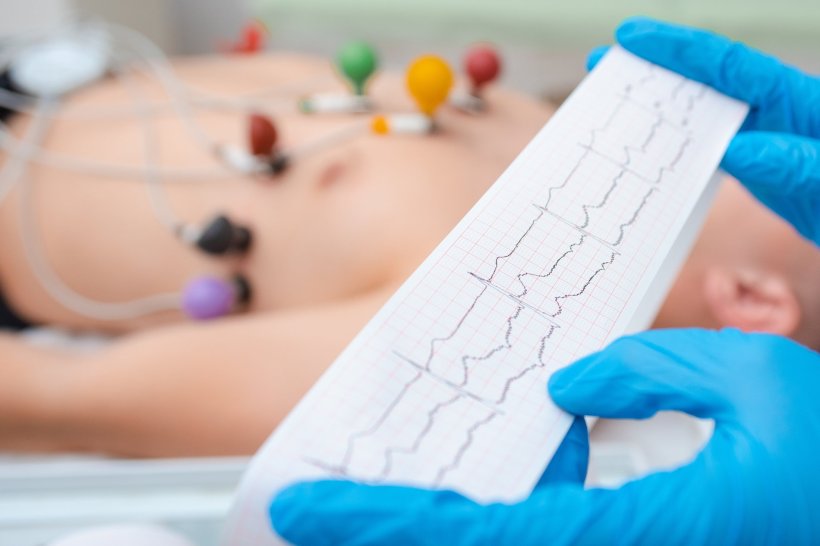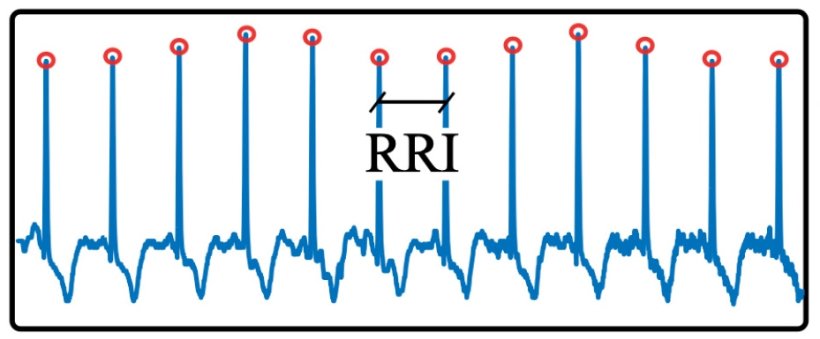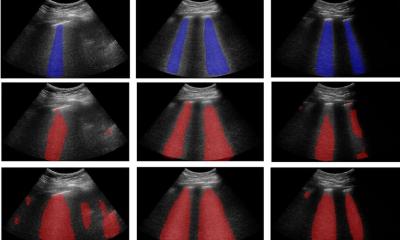
© salomonus_ – stock.adobe.com
News • Atrial fibrillation early warning
Deep learning predicts heart arrhrythmia 30 minutes in advance
Atrial fibrillation is the most common cardiac arrhythmia worldwide with around 59 million people concerned in 2019. This irregular heartbeat is associated with increased risks of heart failure, dementia and stroke.
It constitutes a significant burden to healthcare systems, making its early detection and treatment a major goal. Researchers from the Luxembourg Centre for Systems Biomedicine (LCSB) of the University of Luxembourg have recently developed a deep-learning model capable of predicting the transition from a normal cardiac rhythm to atrial fibrillation. It gives early warnings on average 30 minutes before onset, with an accuracy of around 80%. These results, published in the scientific journal Patterns, pave the way for integration into wearable technologies, allowing early interventions and better patient outcomes.
We used heart rate data to train a deep learning model that can recognise different phases – sinus rhythm, pre-atrial fibrillation and atrial fibrillation – and calculate a “probability of danger” that the patient will have an imminent episode
Jorge Goncalves
During atrial fibrillation, the heart’s upper chambers beat irregularly and are out of sync with the ventricles. Reverting to a regular rhythm can require intensive interventions, from shocking the heart back to normal sinus rhythm to the removal of a specific area responsible for faulty signals. Being able to predict an episode of atrial fibrillation early enough would allow patients to take preventive measures to keep their cardiac rhythm stable. However, current methods based on the analysis of heart rate and electrocardiogram (ECG) data are only able to detect atrial fibrillation right before its onset and do not provide an early warning.
“In contrast, our work departs from this approach to a more prospective prediction model,” explains Prof. Jorge Goncalves, head of the Systems Control group at the LCSB. “We used heart rate data to train a deep learning model that can recognise different phases – sinus rhythm, pre-atrial fibrillation and atrial fibrillation – and calculate a “probability of danger” that the patient will have an imminent episode.” When approaching atrial fibrillation, the probability increases until it crosses a specific threshold, providing an early warning.
This artificial intelligence model, called WARN (Warning of Atrial fibRillatioN), was trained and tested on 24h-recordings collected from 350 patients at Tongji Hospital (Wuhan, China) and gave early warnings, on average 30 minutes before the start of atrial fibrillation, with great accuracy. Compared to previous work on arrhythmia prediction, WARN is the first method to provide a warning far from onset.

Image source: LCSB / University of Luxembourg
“Another interesting aspect is that our model has a high performance using only R-to-R intervals, basically just heart rate data, that can be acquired from easy-to-wear and affordable pulse signal recorders such as smartwatches,” highlights Dr Marino Gavidia, first author of the publication, who worked on this project during his PhD within the Systems Control group and the Doctoral Training Unit CriTiCS. “These devices can be used by patients on a daily basis, so our results open possibilities for the development of real-time monitoring and early warnings from comfortable wearable devices,” adds Dr Arthur Montanari, a LCSB researcher involved in the project.
Additionally, the deep-learning model developed by the researchers could be implemented in smartphones to process the data from a smartwatch. This low computational cost makes it ideal for integration into wearable technologies. The long-term objective is for patients to be able to continuously monitor their cardiac rhythm and receive early warnings that can provide sufficient time to take antiarrhythmic medication or use some targeted treatments to prevent the onset of atrial fibrillation. This in turn would reduce emergency interventions and improve patient outcomes.
“Moving forward, we will focus on developing personalised models. The daily use of a simple smartwatch constantly provides new information on personal heart dynamics, enabling us to continuously refine and retrain our model for that patient to achieve enhanced performance with even earlier warnings,” concludes Prof. Goncalves. “Eventually, this approach could even lead to new clinical trials and innovative therapeutic interventions.”
Source: University of Luxembourg
23.04.2024










